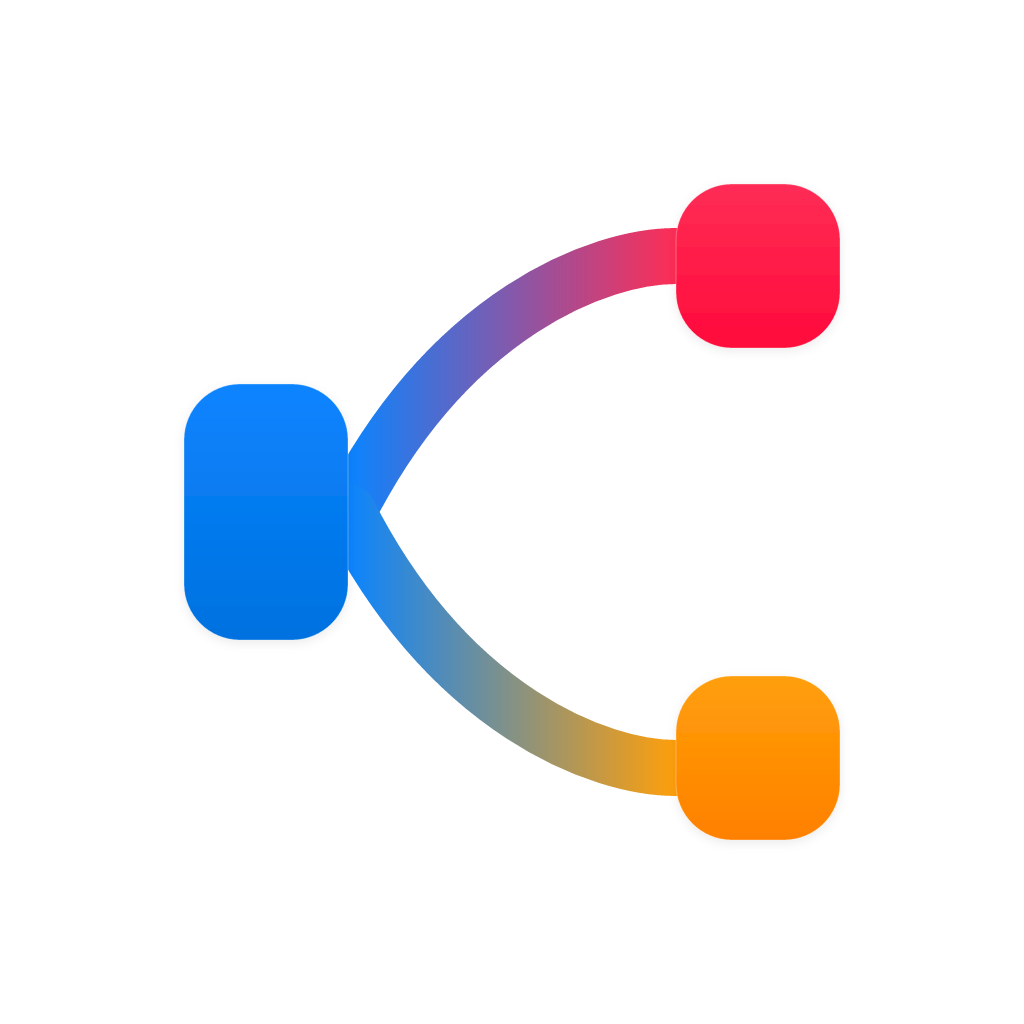Flowing Ideas: Unveiling the Power of Sankey Charts for Data Storytelling
In the realm of data visualization, charts and graphs serve as the backbone for telling stories through numbers. Among this plethora of visualization tools, the Sankey chart stands out for its unique ability to visualize the flow or transfer between different states, quantities, positions, etc. This graphical method, rooted in the field of engineering, originally used to depict the flow of energy or material through a system, has evolved into a potent tool for data storytelling across various disciplines. Sankey diagrams, as they are also known, offer a compelling method for understanding complex connections and flows, making them an invaluable asset in data visualization. This article delves into the creation and applications of Sankey charts, showcasing their power in data storytelling.
Understanding Sankey Charts
A Sankey chart is a type of flow diagram that represents a process or set of processes, showing the direction and quantity of material, energy, information, or other generic ‘stuff’ flowing between processes. These diagrams are represented by streams that flow from one set of boxes to the next, with the width of the stream proportional to the quantity of the flowing item. Each process step is shown as a bar or a rectangle, with the flows connecting them. Sankey diagrams convey large quantities of data in an easily interpretable format, making them an essential tool in visual analytics.
Creating Sankey Charts
Gathering Data
The first step in creating a Sankey chart is gathering the data that will be represented. Sankey diagrams require specific types of data, such as the quantity of flow or transfer between different categories. Once the data is collected, it needs to be organized and summarized, ensuring that the entries align with the desired categories.
Data Preparation
The data must then be formatted in a specific way for the input into the software. In most software, the data is arranged in a way that defines the direction and quantity of each transfer. This typically involves defining the source and destination categories, along with the quantity of each flow.
Software for Sankey Diagrams
There are several software tools and programming libraries available for creating Sankey diagrams, each with its own set of features and capabilities. Programs like Tableau, Python’s Matplotlib, and R’s ggplot2 offer robust environments for creating and customizing Sankey diagrams. These tools allow for the manipulation of the diagram’s components, ensuring clarity and effective storytelling.
Applications of Sankey Charts in Data Storytelling
Efficiency Analysis in Industrial Processes
Sankey diagrams are particularly useful in analyzing and visualizing the efficiency of industrial processes. They can show the flow of resources, energy, and materials from input to output, highlighting inefficiencies and suggesting areas for improvement.
Financial Flows and Investments
In finance, Sankey diagrams can illustrate the flow of money through various investments or across different sectors. This can help in understanding the allocation of funds and identifying potential areas of investment.
Social Network Analysis
Social network analysis often involves identifying relationships between different entities, such as individuals or groups. Sankey diagrams can effectively represent these relationships, showing the flow of influence or communication between them.
Energy Consumption and Transfers
In sectors dealing with energy, Sankey charts are a key tool for visualizing how energy is consumed, transferred between states, or converted. This helps in optimizing energy efficiency and developing sustainable practices.
Climate Change and Environmental Flows
Sankey diagrams play a crucial role in environmental studies, helping to visualize the flows of carbon, materials, or water. They aid in analyzing the impact of different factors on the environment and guiding environmental policy and planning.
Conclusion
The power of Sankey charts lies in their ability to visualize complex flows and interconnections in a clear and concise manner. By transforming raw data into a narrative, they serve as an invaluable tool in data storytelling, enabling users to garner insights, understand processes more deeply, and make more informed decisions. As technology advances and data continues to grow exponentially, the role of Sankey charts in data visualization and data storytelling will only continue to expand, offering new avenues for exploring and understanding the world through data.
SankeyMaster
SankeyMaster is your go-to tool for creating complex Sankey charts . Easily enter data and create Sankey charts that accurately reveal intricate data relationships.



